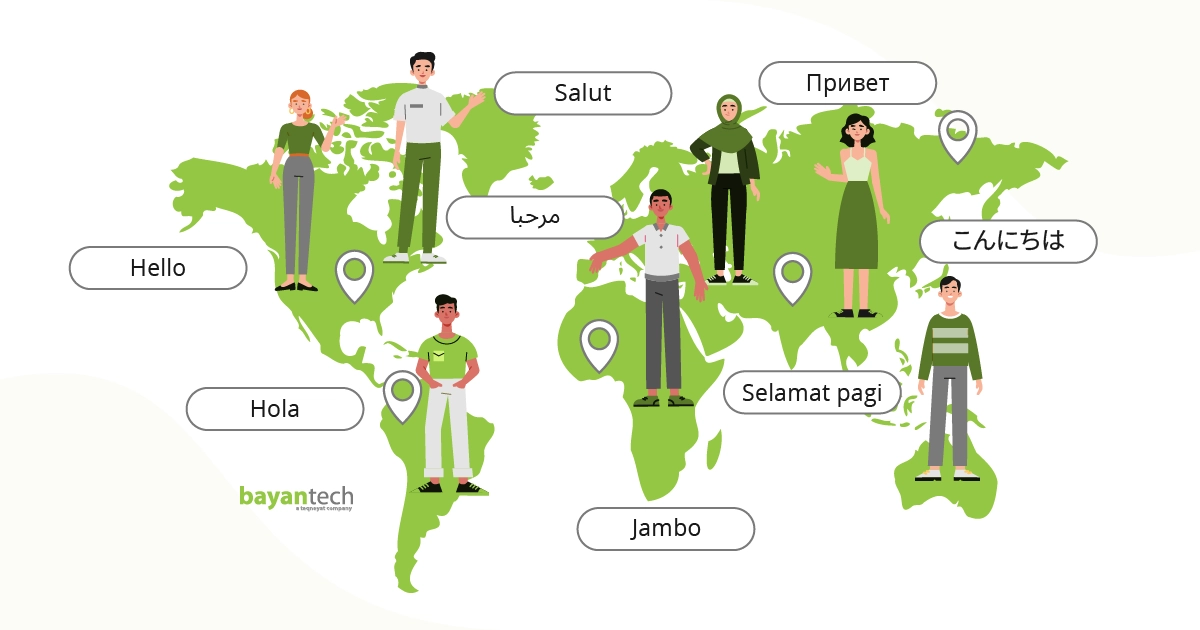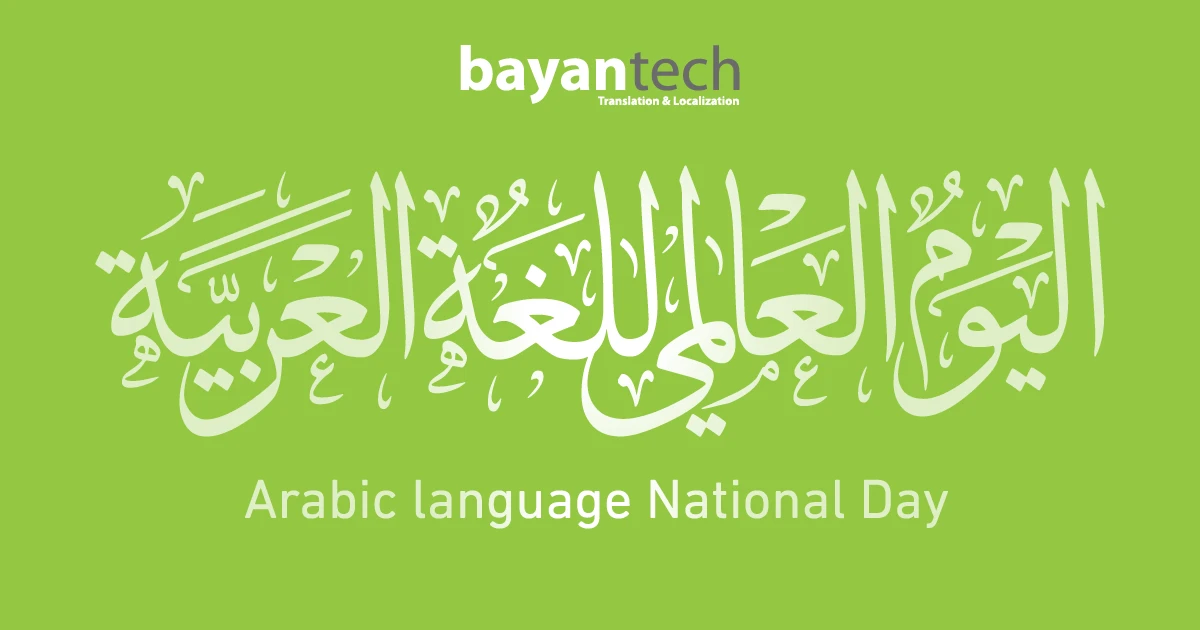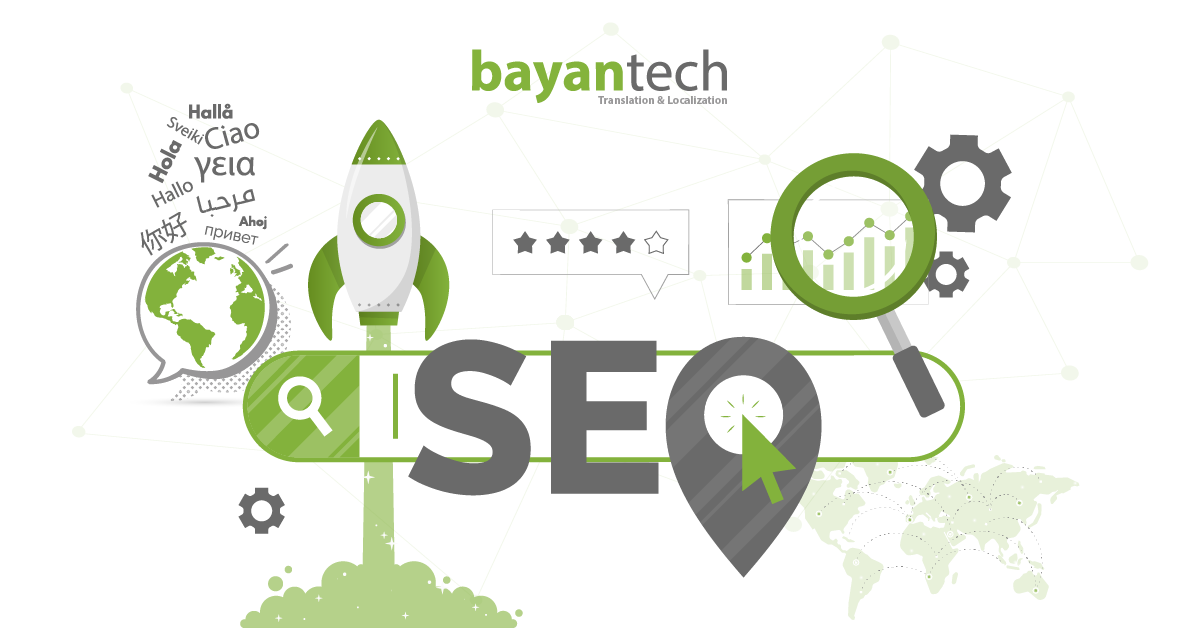Did you know that around nine languages disappear every year? According to the Language Conservancy, nearly half of the world’s 7,000 languages could vanish by the next century.
With each lost language, we lose a unique way of thinking and a cultural identity. To combat this crisis, UNESCO—later joined by the UN—declared February 21 as International Mother Language Day.
This day emphasizes the importance of native language education, ensuring that mother languages remain a living part of our societies. In this blog, we’ll explore the history and significance of International Mother Language Day and the role of translation in protecting linguistic diversity.
International Mother Language Day History (and Why It Matters)
In 1952, the Bengal province of India was divided into two parts: West Bengal, which remained in India, and East Bengal, which became part of Pakistan.
In 1948, the Pakistani government declared Urdu the sole national language, despite Bengali speakers making up the majority of the population. This sparked widespread protests demanding Bengali’s recognition as a national language.
On February 21, 1952, students at the University of Dhaka led a demonstration. In response, police opened fire, killing four students. The movement persisted, and on February 29, 1956, Bengali was officially recognized as one of Pakistan’s national languages.
To commemorate the students who lost their lives, UNESCO proclaimed February 21 as International Mother Language Day. The United Nations later adopted it as part of a global effort to protect linguistic diversity and prevent language extinction.
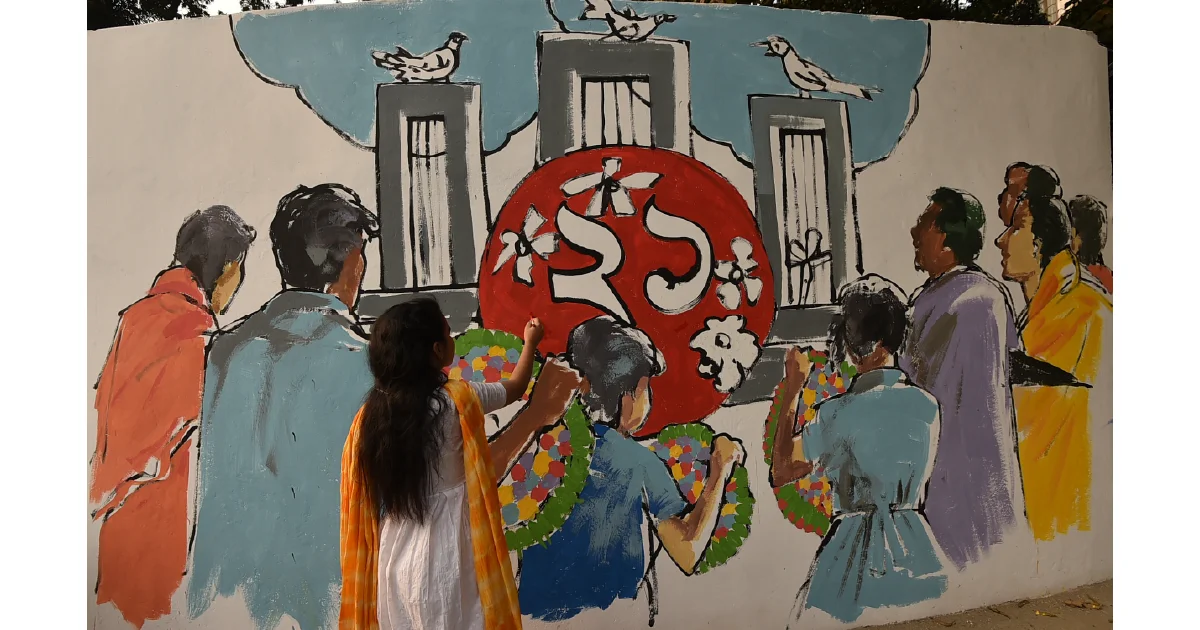
A painting of the martyrs’ memorial monument in Dhaka, Bangladesh
The Purpose of The International Mother Language Day
- One of the main goals behind this day is raising awareness about endangered languages and preserving them for more inclusive and equal societies.
- Another key objective is advocating for multilingual education. According to UNESCO, only 40% of learners have the opportunity to study in their native language, despite its benefits for critical thinking, confidence, and engagement.
- This day also celebrates cultural and linguistic diversity, fostering inclusion, peace, and dignity for Indigenous communities.
How Can Businesses Participate in the International Mother Language Day?
Dominant languages often overshadow native ones. But keeping native languages alive starts with using and celebrating them. Businesses can help too.
By investing in translation and localization services, you make your content accessible in more languages, supporting linguistic diversity while reaching a wider audience.
So, what can you do as a business?
- Empower Your Workforce: Give employees the space to represent their native culture, whether through multilingual communication, internal initiatives, or celebrating cultural heritage. A diverse team fosters better collaboration and creativity.
- Create Meaningful Local Content: Don’t just translate—localize content in native languages that resonates with different communities. From websites to social media, cultural representation matters.
- Invest in Professional Translation & Localization: Ensure employees and customers can access information in their native language. This promotes inclusivity, improves customer experience, and opens doors to global markets.
Translation: Preserving and Expanding Language Reach
On International Mother Language Day, we celebrate linguistic diversity and the role of translation in protecting mother languages.
At bayantech, we believe that every language, whether widely spoken or endangered, deserves to be heard and understood. Through expert translation and localization, we bridge communication gaps, helping businesses connect with people in their native tongues.
We support more than 120 languages, from the most spoken—like Mandarin Chinese and Spanish—to rare languages like Zulu and Khmer.
Let’s make language a bridge, not a barrier. Reach out to us today!
Why Professional Translation Matters
Investing in professional translation is a sign of respect for your audience and their culture. It enables companies to expand into new markets, enhance customer trust, and create deeper connections with multilingual communities.
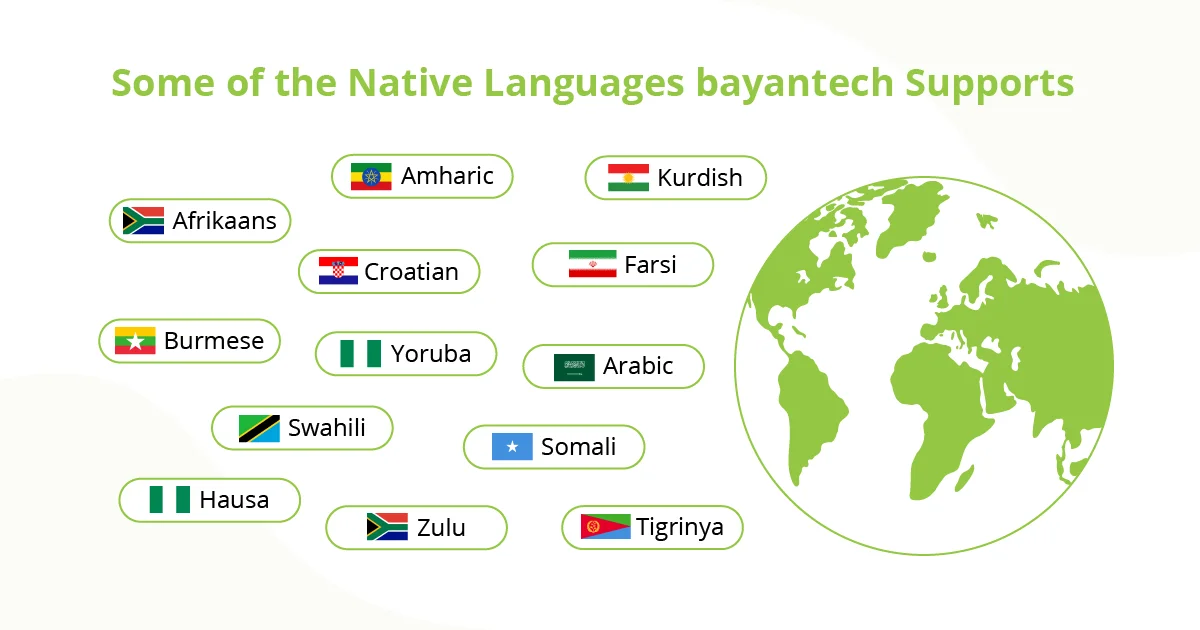
Make Your Business Multilingual with bayantech
Take your business further by making it multilingual. We offer translation and localization services for your products, websites, apps, and marketing campaigns, ensuring they resonate with native communities across the globe.
Contact us today to connect with diverse audiences through expert translation and localization services.

